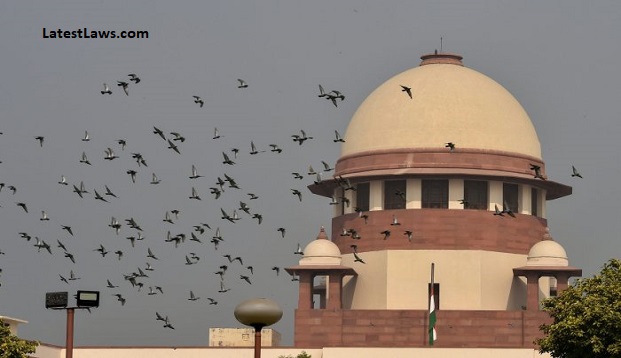The bench comprising of Justice Ashok Bhushan and Justice Navin Sinha has passed judgement in the case titled State of Uttar Pradesh v. Ravindra @ Babloo and others.
The State as appellant criticized the acquittal of three respondents by the High Court of Uttar Pradesh, reversing their conviction by the Trial Court under sections 302/149, 307/149, 147, 148 and 152 of the Indian Penal Code, 1860.
The occurrence fueled by enmity occasioned due to a land dispute is an admitted fact. The High Court opined that in absence of injuries on the two deceased and the injured not being commensurate to the nature of weapons possessed by the three respondents entitled them to acquittal.
Apex Court noted that the number of injuries found on the injured and the two deceased cumulatively corroborates the number of assailants. The allegations of assault by the respondents is specific. Acquittal of the respondents, in view of the nature of ocular evidence available, is unsustainable.
The top court observed, it is evident that the accused who were all well-armed constituted an unlawful assembly. The common object of the assembly and that it was shared by all of them with awareness is also evident from their conduct in having chased and assaulted the deceased.
The bench observed,
“The manner of occurrence, the fact that all the accused were well armed, they chased the deceased Lokesh coupled with the assault on those who tried to come to the rescue of the deceased, the number of injuries on the two deceased and the injured leaves no doubt in our mind that the assailants were most definitely more than two persons. In the nature and number of injuries, there can be no doubt that the assailants may well have been five in number. Likewise, the fact that there may not be any firearm injury on the deceased is considered irrelevant for fixing vicarious liability as member of an unlawful assembly once the presence of the accused possessed of a weapon of assault chasing the deceased along with others stands established by reliable ocular evidence”.
Sharing of common object is a mental attitude which is to be gathered from the act of a person and result thereof. It is not necessary under law that in all cases of unlawful assembly, with an unlawful common object, the same must be translated into action or be successful.
The bench relied upon Lalji and ors. v. State of U.P., (1989) 1 SCC 437, wherein Supreme Court observed:
“Thus, once the court holds that certain accused persons formed an unlawful assembly and an offence is committed by any member of that assembly in prosecution of the common object of that assembly, or such as the members of the assembly knew to be likely to be committed in prosecution of that object, every person who at the time of committing of that offence was a member of the same assembly is to be held guilty of that offence. After such a finding it would not be open to the court to see as to who actually did the offensive act or require the prosecution to prove which of the members did which of the offensive acts. The prosecution would have no obligation to prove it.”
The bench also relied upon observation in Kamaljit Singh v. State of Punjab, (2003) 12 SCC 155:
“It is trite law that minor variations between medical evidence and ocular evidence do not take away the primacy of the latter. Unless medical evidence in its term goes so far as to completely rule out all possibilities whatsoever of injuries taking place in the manner stated by the eyewitnesses, the testimony of the eye witnesses cannot be thrown out. When the acquittal by the trial court was found to be on the basis of unwarranted assumptions and manifestly erroneous appreciation of evidence by ignoring valuable and credible evidence resulting in serious and substantial miscarriage of justice, the High Court cannot in this case be found fault with for its wellmerited interference.”
The Supreme Court was unable to hold that there was gross variation between the ocular evidence and the medical evidence so as to discredit an injured witness and an eye witness to order acquittal. Accordingly, the order of the acquittal of the respondents was set aside and respondents were directed to surrender within four weeks for serving out the remaining period of their sentence.
Read the Judgement:
Share this Document :Picture Source :


























